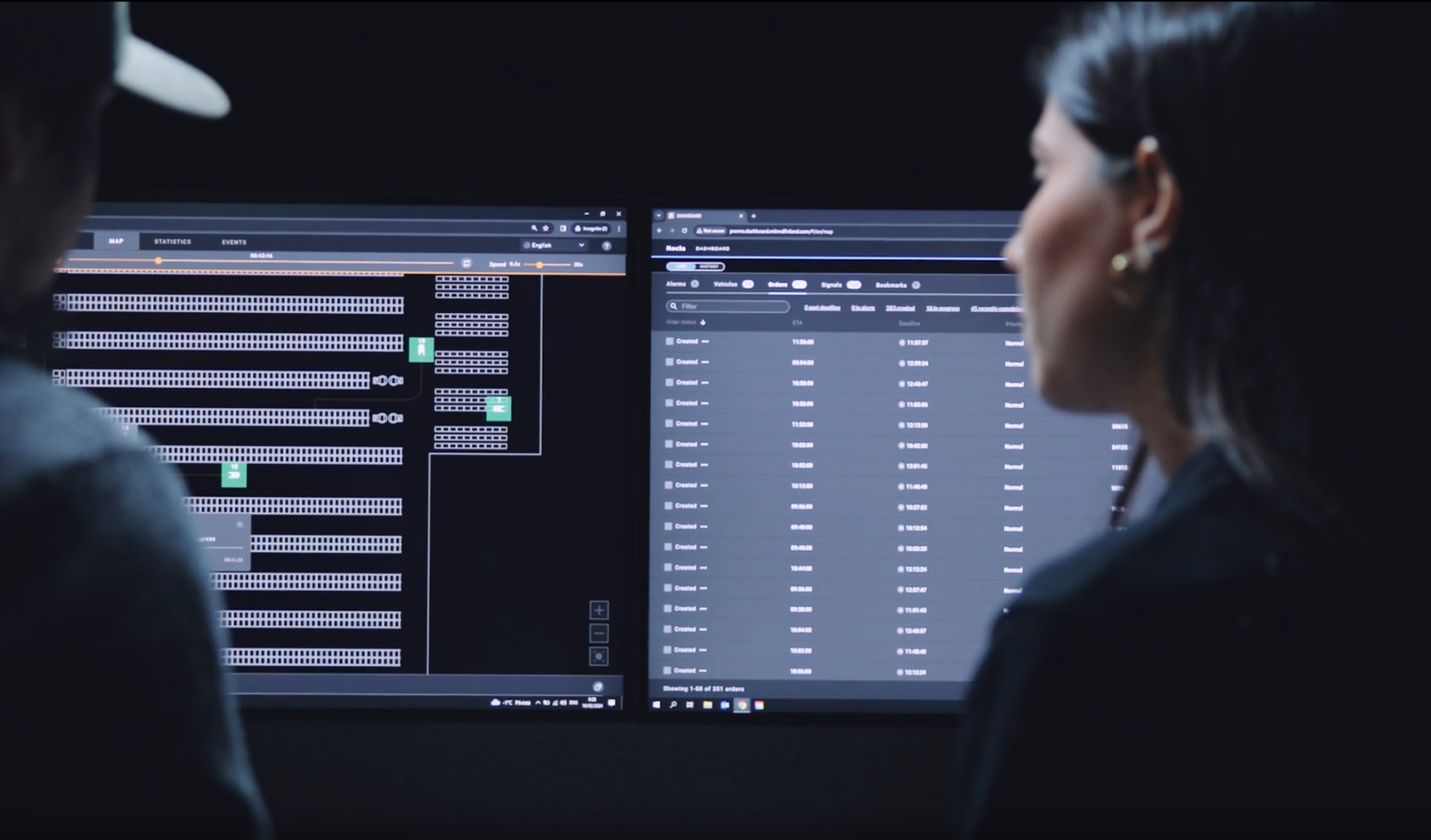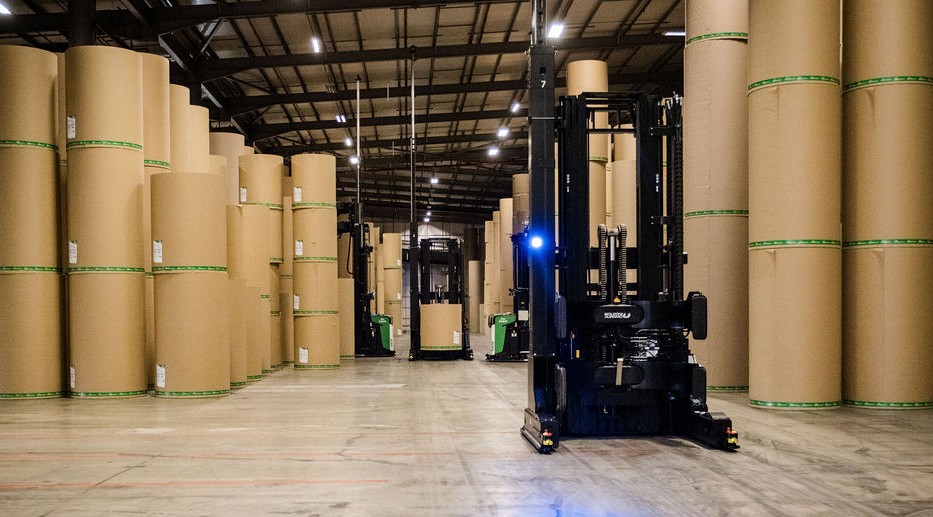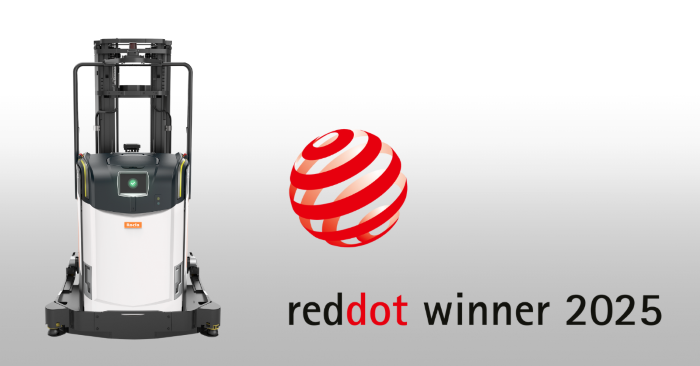Improving collaboration in logistics
In warehouses where driver-operated forklifts, pedestrians, and other vehicles or manual operators coexist, implementing automation to optimise investment and processes begins with improving collaboration and building the right team. Our FleetController Suite ensures transparency and traceability through its innovative software and user-friendly interface.

Whether you are in the warehousing, paper or tyre business, you might have experienced labour shortages that hinder covering certain positions in the current labour market.
The development of new technologies for logistics solutions with Automated Guided Vehicle (AGV) systems is reshaping the way we understand and perform operations in all sorts of warehouses.
Imagine outsourcing tiresome and monotonous labour to AGVs that take on repetitive tasks and tirelessly perform long shifts. That would allow you to utilise the full potential of manual operators in tasks that require human expertise and creativity. Imagine also automating your material flow and having one funnel to overview your entire warehouse operations. By controlling your entire fleet from one single point, you can react to unexpected events, such as delays or traffic jams, address them promptly and improve your warehouse’s efficiency.
Utilise the full potential of your fleet
“If the AGV spends time avoiding obstacles or searching for pallets, they can execute fewer transports. This can have a direct impact on process planning and the amortisation of the AGVs,” indicates Niels Hanssen, Sales Director at Mitsubishi Logisnext Europe Oy.
Therefore, when implementing automation, it is important to carefully consider the current processes. The AMFC (Automated Material Flow Control) and FLO App (ForkLift Orders App) help you optimise your automation, investment and processes and allow seamless collaboration between AGVs and driver-operated forklifts in the best possible way. In AMFC, a set of rules determined to fit your needs defines the division of tasks to ensure smooth and uninterrupted operations throughout different shifts. Thanks to its automatically executed policies that even workload, the tasks can then be assigned in a sensible way. Moreover, AMFC relies on order balancing to react to sudden changes and errors during operations, increasing communication between manual operators and AGVs and taking collaboration to the next level. FleetController then works as a single system, allocating and sending tasks to the entire fleet.
“Autonomous functions allow AGVs to independently respond to changes in the operational area or support interfaces between humans and machines. Our goal is to improve collaboration between process steps and compensate for possible discrepancies,” explains Hanssen.
This collaboration should, however, begin already before implementation. “Employees are key to smooth integration, ensuring optimal workflows and maximising the system’s performance. Valuable information from daily operations enables the creation of optimally coordinated work instructions for the processes. In addition, early training is important to generate a good understanding of the characteristics and behaviour of the AGVs,” continues.
The interaction between humans and AGVs is no longer about coexisting or operating separately in a shared space, it’s about collaborating on shared tasks with a common goal. Therefore, when implementing an AGV solution, it is necessary to pay attention to the processes, provide the necessary training for the staff and learn about current operations to optimise workflows where needed.



